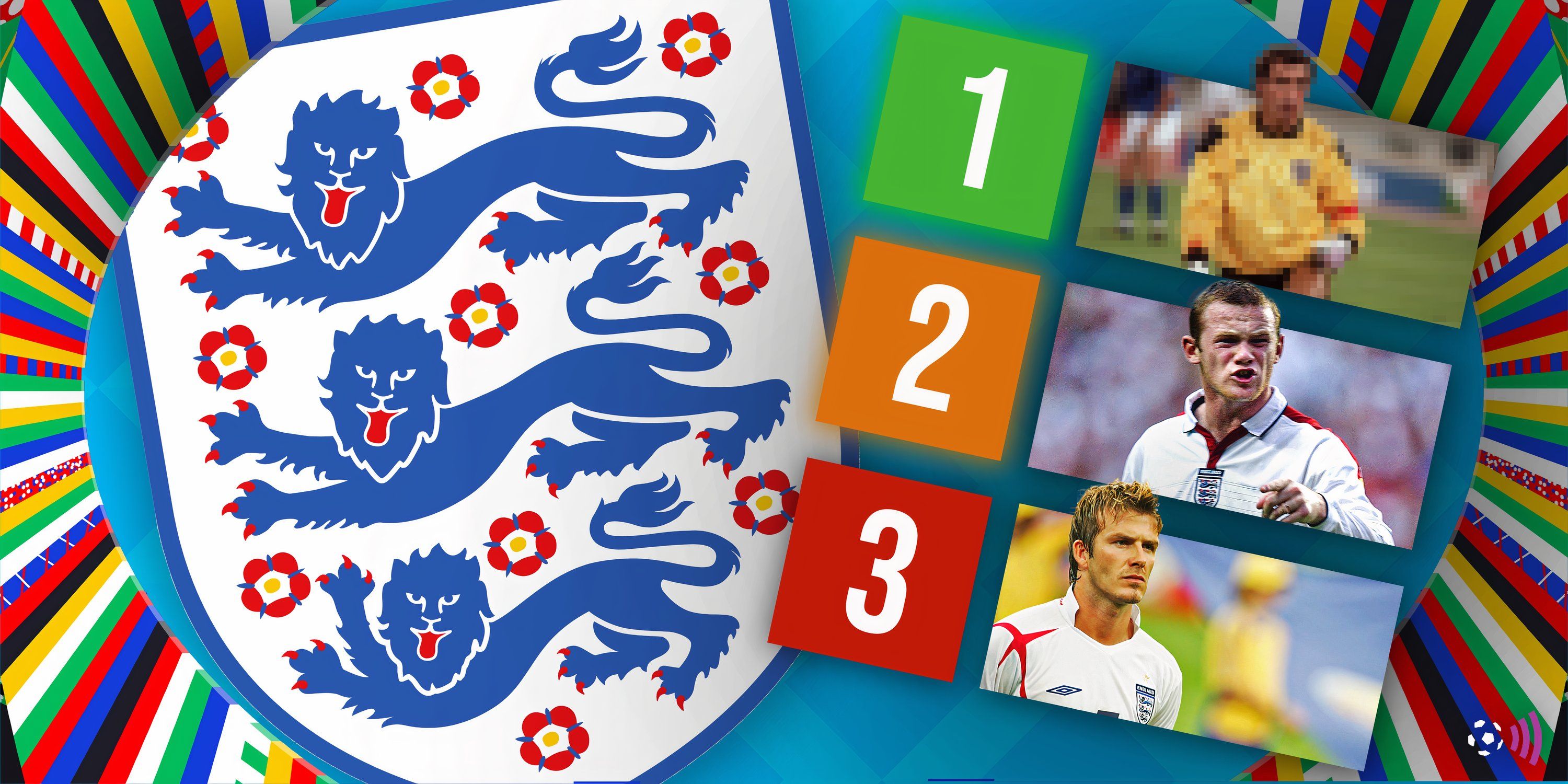
UCL Stats vs. Reality: Deconstructing the Data Delusion
The UEFA Champions League, football’s most prestigious club competition, is a crucible where legends are forged, and dreams are shattered. Every year, as the group stage gives way to the brutal knockout rounds, analysts and fans alike pore over statistics: possession percentages, shots on target, expected goals (xG), passing accuracy, and individual player metrics. In an increasingly data-driven world, these numbers promise to unlock the secrets of success, to predict the next champion, or to explain a shock upset.
However, the reality on the pitch often tells a more complex story than the raw data suggests. While statistics provide invaluable insights and a framework for objective analysis, they are merely tools. Without context, nuance, and an understanding of the beautiful chaos that defines football, relying solely on numbers can lead to a significant “data delusion.” This article will delve into how various Champions League statistics, while seemingly definitive, can often mislead, requiring a deeper, more holistic interpretation to truly grasp the narrative of the world’s most elite club tournament.
The Allure and Deception of Raw Stats
Modern football is awash with data. Every pass, tackle, and sprint is recorded, analyzed, and presented in dashboards. For the Champions League, where margins are razor-thin and stakes are astronomical, the temptation to reduce complex matches to easily digestible numbers is immense. Yet, these “vanity metrics” often fail to capture the essence of what truly wins or loses a game.
Consider the classic example of possession. A team dominating possession (say, 65-70%) is often lauded for its control and attacking prowess. Conventional wisdom dictates that if you have the ball, the opponent cannot score. While true to a degree, this statistic is profoundly misleading without further context.
Possession: The Ball is Yours, But Whose Game Is It?
High possession does not automatically equate to superiority or even threat. Many Champions League upsets have been orchestrated by teams that willingly ceded possession, opting for a deep defensive block and lightning-fast counter-attacks. José Mourinho’s Inter Milan side famously defeated Pep Guardiola’s possession-heavy Barcelona in the 2010 semi-finals with significantly less of the ball, demonstrating ruthless efficiency in transition.
Similarly, a team might have high possession due to a plethora of sideways and backward passes, failing to penetrate the opposition’s defensive lines. This “sterile possession” looks good on paper but generates little danger. Conversely, a team with lower possession might focus on direct, progressive passes, constantly looking to break lines and create scoring opportunities. The quality of possession – where on the pitch it occurs, how quickly it moves, and its intent – is far more indicative than the mere quantity. What truly matters is “dangerous possession” in the final third, leading to chances, not just keeping the ball for the sake of it.
Shots on Target & Expected Goals (xG): Quantity vs. Quality
Another frequently cited metric is “shots on target.” A team with 15 shots on target compared to an opponent’s 3 might seem to have thoroughly outplayed them. However, this statistic ignores the quality of those shots. A long-range speculative effort that barely troubles the goalkeeper is counted the same as a point-blank tap-in following a brilliant attacking move.
This is where Expected Goals (xG) comes into play, an advanced metric designed to measure the probability of a shot resulting in a goal, based on factors like shot location, body part used, type of assist, and build-up play. While xG is a significant improvement, it too has its limitations. It doesn’t account for the skill of the shooter (a Messi shot from 20 yards has a higher real chance than an average player’s, though xG might rate them similarly), the quality of the goalkeeper, or the “luck” element (deflections, bobbles). A team could significantly underperform their xG in a single game due to heroic goalkeeping or plain bad luck, despite creating genuinely good chances. Conversely, an overperformance could be due to a wonder strike or a fortunate deflection. In the high-stakes environment of the UCL, these moments of individual brilliance or misfortune often transcend statistical models.
Passing Accuracy: The Art of Progressive Play
Passing accuracy is often presented as a hallmark of a technically proficient team. A team with 90% passing accuracy might seem flawless. Yet, like possession, this number can be deceptive. Are those passes progressive, breaking lines and advancing play, or are they safe, sideways, and backward passes designed to retain possession without risk?
Elite teams in the Champions League often take calculated risks with their passing, attempting difficult through balls or line-breaking passes that, if successful, can unlock defenses. These attempts inherently carry a higher risk of inaccuracy. A team that plays safe, accumulating high passing accuracy, might lack the incision needed to penetrate a well-organized UCL defense. The number of “progressive passes,” “passes into the final third,” or “key passes” offers a far more insightful view of a team’s offensive creativity than overall passing accuracy.
Defensive Metrics: A Double-Edged Sword
Defensive statistics like tackles, interceptions, and clearances can also be misleading. A defender racking up high numbers of tackles might seem like a workhorse, but it could also indicate that his team is constantly under pressure and he is frequently being bypassed. A truly dominant defensive unit might have fewer tackles because they are preventing the opposition from even getting into dangerous positions, controlling the game higher up the pitch, or winning the ball back swiftly through pressing.
Consider Virgil van Dijk at his peak for Liverpool. His relatively low tackle count was often cited, not as a weakness, but as a testament to his elite positioning, anticipation, and ability to read the game, which allowed him to prevent dangerous situations before they fully materialized. Defensive actions in the opposition half or “recoveries” are often better indicators of a proactive, stifling defense than reactive measures like tackles in one’s own half.
Individual Player Statistics: Beyond Goals and Assists
Individual player statistics, particularly goals and assists, are the most celebrated. The top scorer in the UCL is often seen as the most impactful player. While undeniable that goals win games, context is crucial. How many of those goals were penalties? Were they tap-ins from brilliant team moves, or moments of individual genius?
A striker might score fewer goals but contribute immensely through link-up play, drawing defenders, creating space for others, or being a constant pressing nuisance. Conversely, a player with seemingly modest goal/assist numbers might be the tactical linchpin, shielding the defense, dictating tempo from deep, or making crucial interceptions that prevent counter-attacks. Metrics like “non-penalty xG,” “progressive carries,” “chances created,” or “defensive actions in the attacking third” offer a more complete picture of a player’s all-around contribution than just their headline attacking numbers.
The Knockout Stage Anomaly: Group Stage Stats Don’t Translate
Perhaps the biggest statistical pitfall in the Champions League is extrapolating group stage performance to the knockout rounds. The group stage, while competitive, often features a wider disparity in quality, allowing top teams to dominate weaker opponents and inflate their statistics. Matches can be more open, with less tactical rigidity.
The knockout stage, however, is a different beast. The pressure is immense, the stakes are existential, and tactical battles become paramount. Teams become more risk-averse, defenses are tighter, and a single moment of brilliance, or a solitary mistake, can decide an entire tie. Statistics from a comfortable 4-0 group stage win might bear little resemblance to the gritty, cagey 1-0 aggregate victory achieved through two legs against an equally matched elite opponent. Mental fortitude, experience, and the ability to perform under unyielding pressure become as important, if not more so, than raw statistical superiority.
Unquantifiable Factors: The Soul of the Game
Finally, and perhaps most importantly, statistics simply cannot capture the unquantifiable elements that often dictate Champions League success:
- Leadership and Chemistry: The impact of a commanding captain, the cohesion of a well-drilled unit, or the sheer belief instilled by a charismatic coach.
- Momentum and Psychology: The ebb and flow of a match, the boost from a passionate home crowd, or the psychological resilience to bounce back from conceding a goal.
- Managerial Genius: In-game tactical adjustments, inspired substitutions, or pre-match masterclasses that outwit the opposition.
- Luck: The ricochet off a post, a questionable refereeing decision, an untimely injury, or a freak deflection – these random elements play a far larger role in football than data models can ever truly account for.
Conclusion
In the captivating drama of the UEFA Champions League, statistics serve as valuable signposts, guiding our understanding of a match. They provide objective data points that can reveal patterns, highlight strengths, and expose weaknesses. However, they are not the destination itself. The beauty of football, particularly at its highest level in the UCL, lies in its inherent unpredictability, its human element, and the myriad of factors that cannot be neatly categorized or quantified.
To truly appreciate the “reality” of a Champions League encounter, one must look beyond the raw numbers. It requires combining statistical analysis with qualitative observation, understanding tactical nuances, recognizing the psychological ebb and flow, and acknowledging the moments of magic and misfortune that defy logical explanation. Only then can we move past the data delusion and grasp the full, rich tapestry of a competition that consistently delivers the most enthralling football on the planet.



